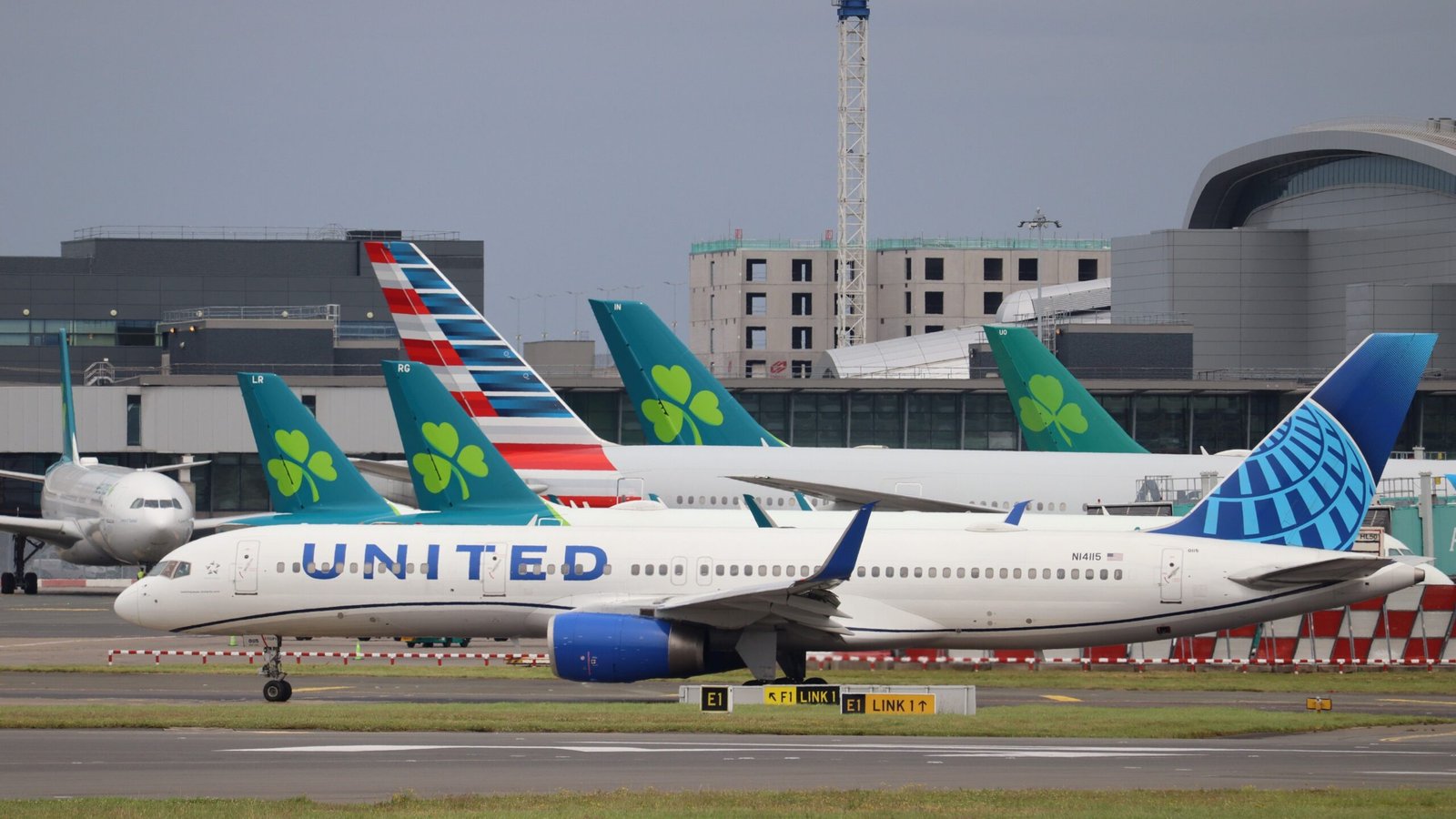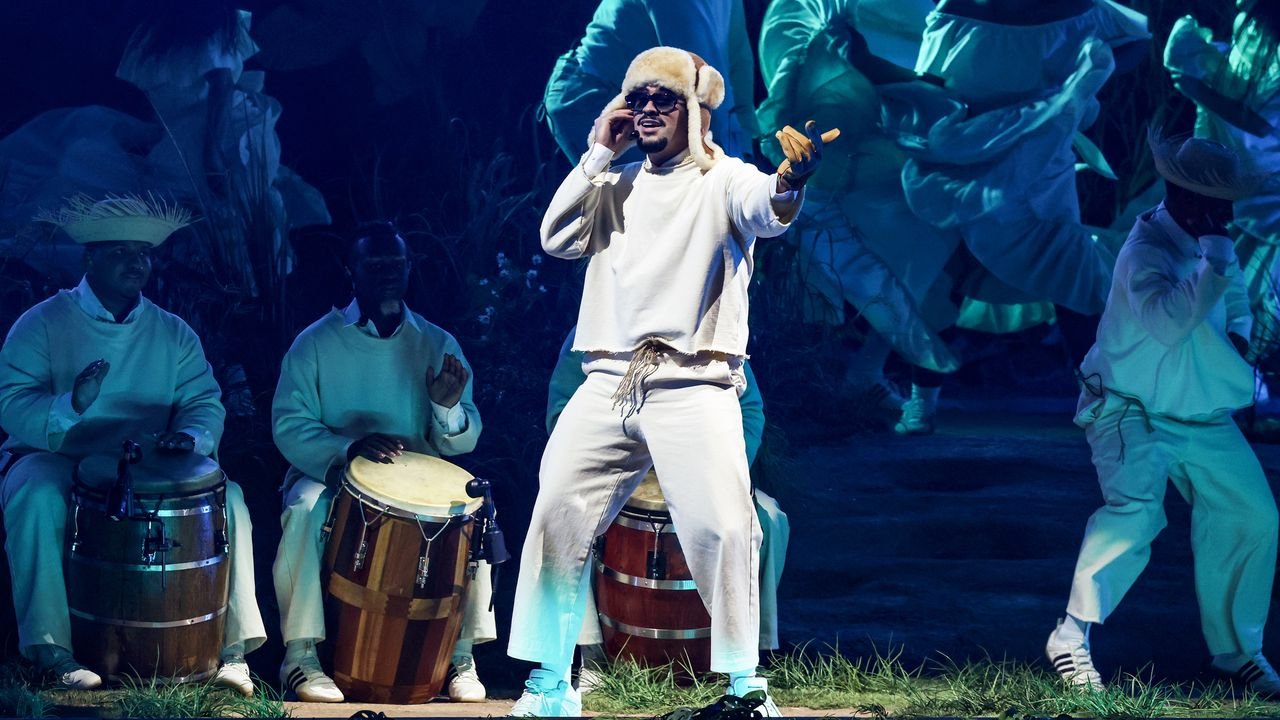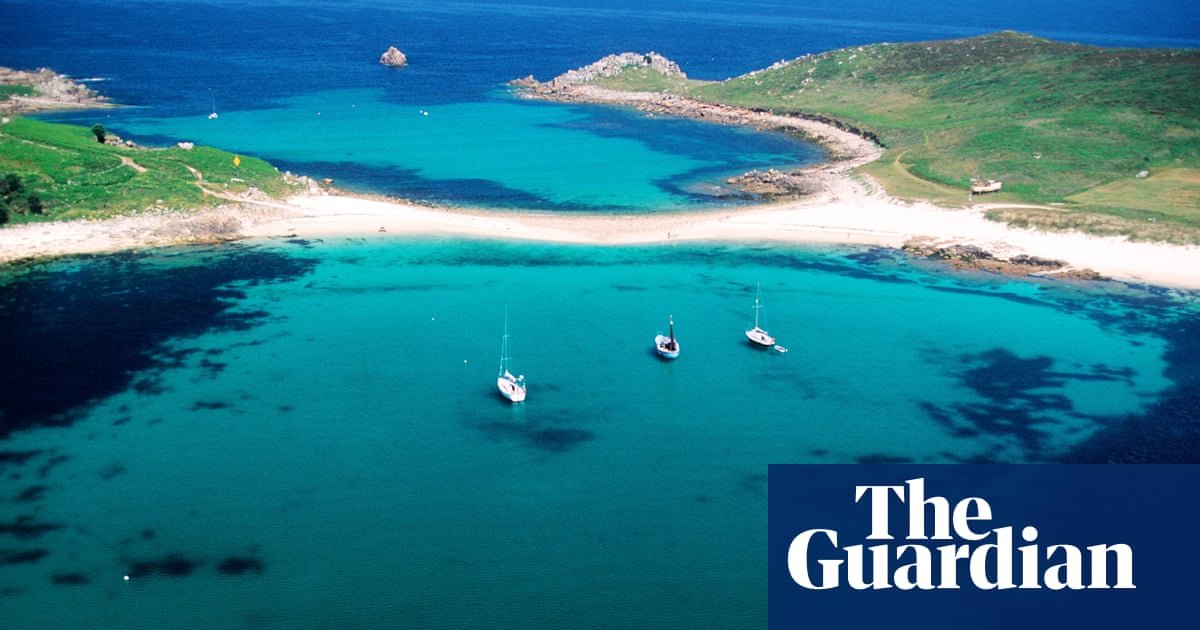Solo Travellers
United Airlines Reverts Back To Increasing Ticket Prices For Solo Travelers

According to CNN and a number of travel-related blogs, major US airlines, including United Airlines, have been caught charging up to 70% more for tickets of solo travelers than for groups of two or more. Claimed to be due to the fact that selling a seat or hotel room to a single person brings in less money than selling it to two, this so-called “single supplement” is prevalent in the travel industry now.
The lowest prices may be unavailable to lone travelers because discounted fare buckets frequently depend on demand as well as the quantity of tickets purchased in a single transaction. To avoid the surcharge, make reservations well in advance, select off-peak flights, change your travel dates, or compare prices on meta-search websites.
What’s The Deal With Prices?
The strategy primarily targets business travelers, who typically make last-minute, solo reservations. In order to manage it, airlines use layered fare classes, each with its own set of regulations. Some of these now require a minimum of two passengers per reservation.
The reasoning is simple, according to analysts: since a company credit card covers the expense, corporate flyers are usually less price-sensitive. As a result, airlines modify their fare policies to increase profits from passengers who are perceived as willing to pay more.
The Thrifty Traveler has closely followed the situation with multiple reports on the roller-coaster of single-traveler ticket prices. In the latest update, no airlines responded to requests for comments. Executive editor Kyle Potter wrote:
“Airlines have entire departments whose sole purpose is to leverage that system in order fill planes at the highest ticket prices as possible. And that’s likely what they’re trying to do with this new tactic: Squeeze business travelers who are more likely to be flying alone … and who would easily pay more for flights than a vacationing family, because their employer is footing the bill.”
AI To Maximize Fare Profits
Lawmakers in the US are criticizing Delta Air Lines for preparing to implement artificial intelligence fare pricing, which would use travel and passenger information to determine the highest prices passengers are willing to pay. Three Democratic senators have questioned Ed Bastian, the CEO of Delta Air Lines, about the airline’s plan to use artificial intelligence to set ticket prices.
Given the existing high costs for consumers, lawmakers fear that the system will use personal information to increase charges to each traveler’s “pain point.” Delta is working with Israel-based AI pricing company Fetcherr and plans to implement the technology on 20% of its US network by late 2025, and maintains that it will not set personalized prices.
Demand-based pricing would be automated by AI while remaining transparent to all customers. The inquiry follows senators questioning similar practices at Spirit Airlines and Frontier Airlines in a letter they wrote in January.
Deregulation: Cut-Throat Flying Business
The Airline Deregulation Act, which President Jimmy Carter signed into law in October 1978, is the source of the current pricing environment. The law replaced regulation with a free-market model and eliminated federal control over routes, fares, and market entry. Ten major airlines controlled about 90% of the market at the end of the 1970s, with the majority of the remaining service being provided by eight regional carriers.
Flying went from being a luxury to a mass-market service after it was freed from regulatory restrictions. By the early 2000s, half of Americans had booked at least one round-trip flight annually, and passenger numbers in 2011 were triple those of the late 1970s, due to a surge of low-cost entrants that had slashed prices.
The airline sector transformed due to deregulation, which has both advantages and disadvantages for customers and carriers, such as giving rise to Southwest Airlines. Even though it may boost competition and result in cheaper tickets, it can also lead to service cuts and unstable finances. As mergers restrict the number of rivals and AI optimizes every tariff, the issue that remains unresolved is whether travelers will have fewer real alternatives and ever-higher expenses.
Solo Travellers
A Bad Bunny Puerto Rico Guide Inspired By the Megastar’s Island Residency

Recommended listening: “Nuevayol.” La Disquera once served as the San Juan office for Fania Records, the pioneering salsa label founded in New York City—the city Bad Bunny sings about in the namesake song (with a fabulous sample of salsa hit “Un Verano en Nueva York”). At El Choli, keep an eye open for a pop-up of Toñitas, the iconic Boricua bar in Brooklyn that he name checks in the song.
La Factoría cocktail bar
A day tour of Old San Juan is practically mandatory for any first-time visitor; but stay a little while after dark to see it come alive. La Factoría is famed for its crafty cocktails, as well as the labyrinthine setup of the space. There are multiple rooms to peruse, each with its own style of music and dance; in the largest, you’ll find locals and visitors mingling on the dance floor to salsa, merengue, and bachata, while other rooms offer electronic music and reggaetón on the weekends. There’s even a special enclave for the lovers and the introverts, who may appreciate the intimacy of a low-lit and low-volume space.
Recommending listening: “Baile Inolvidable.” There are no salsa dance classes to be found here—just feel the rhythm and find your own way.
Lala restaurant
Trip to the mall, anyone? Beyond the Nordstrom and Tiffany’s, inside the ritzy Mall of San Juan is an upscale Puerto Rican dining experience worth the hype. Partially owned by Bad Bunny and his manager, Noah Assad, the picturesque restaurant boasts a globetrotting experience encapsulated in its menu. It’s ideal for those traveling in groups with conflicting palettes; at Lala, one friend’s craving for pan-fried gyoza and hamachi can peacefully co-exist with another’s hankering for sweet corn agnolotti.
Recommended listening: “Perfumito Nuevo.” Be like Bad Bunny’s co-star RaiNao—get dressy, try out that new perfume you just bought.
Manzana de Java restaurant
“We believe that Puerto Rico, and the Caribbean, have more in common with Southeast Asia than people think,” says Juan Camilo Becerra, manager of Manzana de Java: an Antillean-meets-Asian fusion kitchen, located two blocks south of the Playa del Pueblo. Repurposed from an old ramen shop, this one-of-a-kind restaurant fashions tapas from the intersections of two tropical regions. Highlights from the menu include ceviche served in a cacao pod, lionfish chicharrones served with a green curry aioli, and a goat meat fricasse with tamarind and cashews.
Recommended listening: “Voy a Llevarte a PR.” Much like the song, which Bad Bunny dedicates to a faraway love interest, Manzana de Java is both sweet and spicy.
La Placita de Santurce
What appears to be a farmer’s market during the week transforms into a full-on bacchanal on the weekends. Nestled in the neighborhood of Santurce, this plaza is lined with bars blasting reggaetón—and the people spilling out of them to dance in the cobblestone streets. Start your night with Caribbean snacks at Jungle Bird and roam as you wish. On one block, you’ll find whole families singing karaoke outdoors; around the corner, you’ll see old men drinking beer, playing dominoes, and watching salsa videos on a big-screen TV. There’s also an abundance of murals to take drunken photos with, including a special Bad Bunny portrait celebrating his role in Puerto Rican music and culture.
Recommended listening: “Debí Tirar Más Fotos.” This is Puerto Rico at its best; in music, food and community.
Solo Travellers
‘Unlike anywhere else in Britain’: in search of wildlife on the Isles of Scilly | Isles of Scilly holidays

At Penzance South Pier, I stand in line for the Scillonian ferry with a few hundred others as the disembarking passengers come past. They look tanned and exhilarated. People are yelling greetings and goodbyes across the barrier. “It’s you again!” “See you next year!” A lot of people seem to be repeat visitors, and have brought their dogs along.
I’m with my daughter Maddy and we haven’t got our dog. Sadly, Wilf the fell terrier died shortly before our excursion. I’m hoping a wildlife-watching trip to the Isles of Scilly might distract us from his absence.
One disembarking passenger with a cockapoo and a pair of binoculars greets someone in the queue. “We saw a fin whale,” I hear him say. “Keep your eyes peeled.”
This is exciting information. The Scillonian ferry is reputedly a great platform for spotting cetaceans and it’s a perfect day for it – the sea is calm and visibility is superb. From the deck, the promontory that is Land’s End actually seems dramatic and special, in a way that it doesn’t from dry land. There are several people armed with scopes and sights who are clearly experienced and observant. The only thing lacking is the animals. Not a single dolphin makes an appearance, never mind the others that make regular summertime splashes: humpbacks, minke, sunfish, basking sharks and, increasingly, bluefin tuna.
Arriving in Scilly by ship is worth the crossing: wild headlands, savage rocks, white sand beaches, sudden strips of transcendentally turquoise ocean interspersed with the bronzed pawprints of kelp. Of course, it can be thick mist and squalls, but we’re in luck, the islands are doing their best Caribbean impersonation. Hugh Town, the capital of St Mary’s, is built on the narrow isthmus between two rocky outcrops. It’s a quirky, independent town with the kind of traffic levels our grandparents would recognise.
Up the hill, from the terrace of the Star Castle Hotel, we can see all the islands spread out around us, and handily there’s a lady with a friendly labrador who gives us a pithy summary of each. St Martin’s: “Beach life.” Tresco: “The royals love it.” St Agnes: “Arty.” Bryher: “Wild and natural.”
Bryher is our big wildlife destination because the plan is to rent kayaks there and paddle to the uninhabited Samson island, which is a protected wildlife area. I’m banking on Samson for wildlife now that the whales didn’t show up, but first we’re going to explore St Agnes with Vickie from the Isles of Scilly Wildlife Trust.
After a short ferry ride from St Mary’s quay, we stroll around St Agnes and across a short sand spit, a tombolo, to its neighbour, Gugh. Vickie leads us up a heather-covered hillside next to an impressive stack of pink granite boulders. “St Agnes and Gugh used to have a rat problem,” she tells us. “There were an estimated 4,000 that had destroyed the breeding populations of both Manx shearwaters and storm petrels. We’re pretty sure we’ve eradicated them now and the bird populations are rising fast.”
She leans over a small burrow under a lichen-crusted rock, and sniffs. “Yes, that’s storm petrel – they have a distinctive aroma.” Using her phone, she plays a series of cackles and squeaks down the hole. No response.
I ask Vickie about the archipelago’s endemic species. The Scilly bee? “Hasn’t been seen for many years.” She chuckles. “What makes the islands special is often what we don’t have. There are no magpies or buzzards, no foxes or grey squirrels. Those absences are important.”
What they don’t have in terms of fauna, they certainly make up for in flora. The lanes and paths of St Agnes are a ravishing spectacle: agapanthus and honeysuckle, huge spires of echium and smooth succulent aeoniums from the Canary Islands. In this frost-free environment, all kinds of subtropical plants thrive, making the islands quite unlike anywhere else in the British Isles. Dotted among all this fecundity are artists’ studios, galleries, a pub and a community hall where there’s a wonderful display of shipwreck souvenirs: East India Company musket parts, skeins of silk, porcelain and perfume.
Back on St Mary’s, we swim and spot a seal. But if we imagine our luck is changing, it’s not. Next morning we are down on the quayside, bright and early for the boat to Bryher. “It just left,” says the ticket seller. “We did post the change last night. Very low tide. Had to leave 15 minutes early.”
“When is the next one?”
“There isn’t one.”
The islands, I should have known, are run by the tides. Be warned.
Without any time to think, we jump on the Tresco boat. A fellow passenger offers sympathy. “Last week we missed the boat from St Martin’s and had to spend the night there. It was great.”
after newsletter promotion
I relax. She is right. The best travel adventures come unplanned.
The low tide means we land at Crow Point, the southern tip of Tresco. “Last return boat at five!” shouts the boatman. We wander towards a belt of trees, the windbreak for Tresco Abbey Garden. The eccentric owner of the islands during the mid-19th century, Augustus Smith, was determined to make the ruins of a Benedictine abbey into the finest garden in Britain. Having planted a protective belt of Monterey pine, his gardeners introduced a bewildering array of specimen plants from South Africa, Latin America and Asia: dandelions that are three and a half metres tall, cabbage trees and stately palms. Just to complete the surreal aspect, Smith added red squirrels and golden pheasants, which now thrive.
Now comes the moment, the adventure decision moment. I examine the map of the island and point to the north end: “It looks wilder up there, and there’s a sea cave marked.”
We set off. Tresco has two settlements: New Grimsby and Old Grimsby, both clutches of attractive stone cottages decked with flowers. Beyond is a craggy coast that encloses a barren moorland dotted with bronze age cairns and long-abandoned forts. At the north-eastern tip we discover a cave high on the cliffside. Now the low tide is in our favour. We clamber inside, using our phone torches. A ramp of boulders takes us down into the bowels of the Earth, and to our surprise, where the water begins, there is a boat, with a paddle. Behind it the water glitters, echoing away into absolute darkness.
We climb in and set off. Behind us and above, the white disc of the cave entrance disappears behind a rock wall. The sound of water is amplified. After about 50 metres we come to a shingle beach. “How cool is that?” says Maddy. “An underground beach.”
We jump out and set off deeper into the cave, which gets narrower and finally ends. On a rock, someone has placed a playing card: the joker.
Later that day, having made sure we do not miss the last boat back, we meet Rafe, who runs boat trips for the Star Castle Hotel. He takes pity on us for our lack of wildlife. “Come out on my boat tomorrow morning and we’ll see what we can find.”
Rafe is as good as his word. We tour St Martin’s then head out for the uninhabited Eastern Isles. Rafe points out kittiwakes and fulmars, but finally we round the rock called Innisvouls and suddenly there are seals everywhere, perched on rocks like altar stones from the bronze age. “They lie down and the tide drops,” says Rafe. “These are Atlantic greys and the males can be huge – up to 300kg.”
Impressive as the seals are, the islands are better known for birds, regularly turning up rarities. While we are there, I later discover, more acute observers have spotted American cliff swallows that have drifted across the Atlantic, various unusual shearwater species and a south polar skua.
Next day is our return to Penzance, and it’s perfect whale-watching weather. People are poised with binoculars and scopes, sharing tales of awesome previous sightings: the leaping humpbacks, the wild feeding frenzies of tuna, and the wake-riding dolphins. Nothing shows up. I complain, just a little, about our lack of wildlife luck. Maddy is playing with a pair of terriers. “The thing with Wilf was he was always content with whatever happened,” she says. I lounge back on the wooden bench on the port side, enjoying the wind, sun and sound of the sea. I’m channelling the spirit of Wilf. Be happy. Whatever. It’s a lovely voyage anyway. And that’s how I missed the sighting of the fin whale off the starboard side.
The Star Castle Hotel on St Mary’s has double rooms from £249 half-board off-season to £448 in summer; singles from £146 to £244. Woodstock Ark is a secluded cabin in Cornwall, handy for departure from Penzance South Pier (sleeps two from £133 a night). The Scillonian ferry runs March to early November from £75pp. Kayak hire on Bryher £45 for a half day, from Hut 62. For further wildlife information check out the ios-wildlifetrust.org.uk
Solo Travellers
Freedom With Purpose and Poetry on Roads | Ranchi News

-

 Brand Stories6 days ago
Brand Stories6 days agoBloom Hotels: A Modern Vision of Hospitality Redefining Travel
-

 Brand Stories1 day ago
Brand Stories1 day agoCheQin.ai sets a new standard for hotel booking with its AI capabilities: empowering travellers to bargain, choose the best, and book with clarity.
-

 Destinations & Things To Do7 days ago
Destinations & Things To Do7 days agoUntouched Destinations: Stunning Hidden Gems You Must Visit
-

 AI in Travel7 days ago
AI in Travel7 days agoAI Travel Revolution: Must-Have Guide to the Best Experience
-

 Brand Stories3 weeks ago
Brand Stories3 weeks agoVoice AI Startup ElevenLabs Plans to Add Hubs Around the World
-

 Brand Stories2 weeks ago
Brand Stories2 weeks agoHow Elon Musk’s rogue Grok chatbot became a cautionary AI tale
-

 Destinations & Things To Do1 day ago
Destinations & Things To Do1 day agoThis Hidden Beach in India Glows at Night-But Only in One Secret Season
-

 Asia Travel Pulse3 weeks ago
Asia Travel Pulse3 weeks agoLooking For Adventure In Asia? Here Are 7 Epic Destinations You Need To Experience At Least Once – Zee News
-

 AI in Travel3 weeks ago
AI in Travel3 weeks ago‘Will AI take my job?’ A trip to a Beijing fortune-telling bar to see what lies ahead | China
-

 Brand Stories3 weeks ago
Brand Stories3 weeks agoChatGPT — the last of the great romantics

You must be logged in to post a comment Login